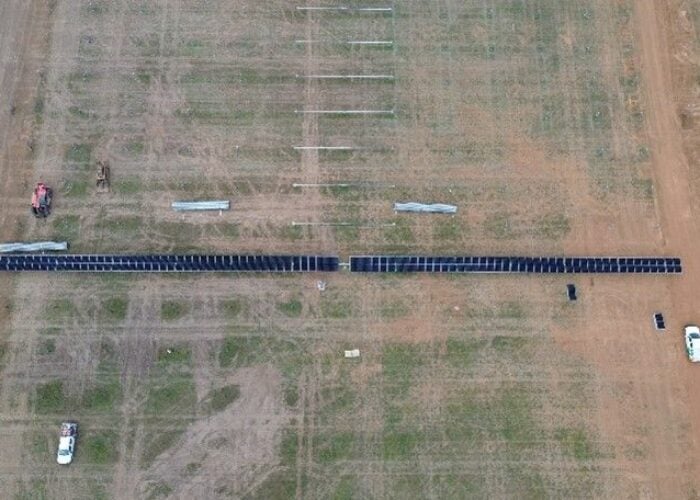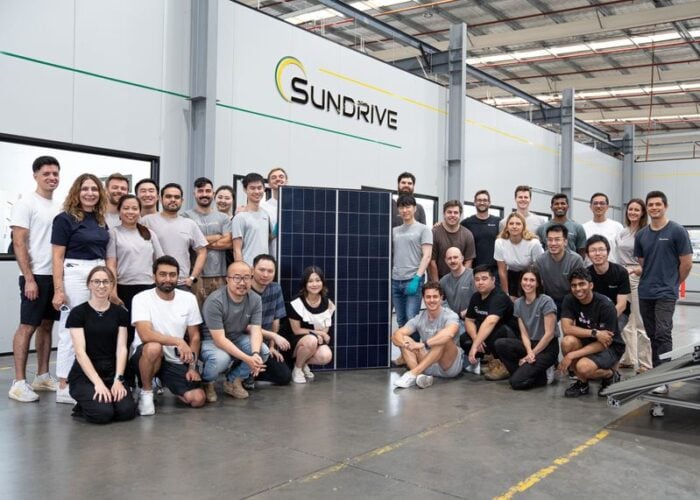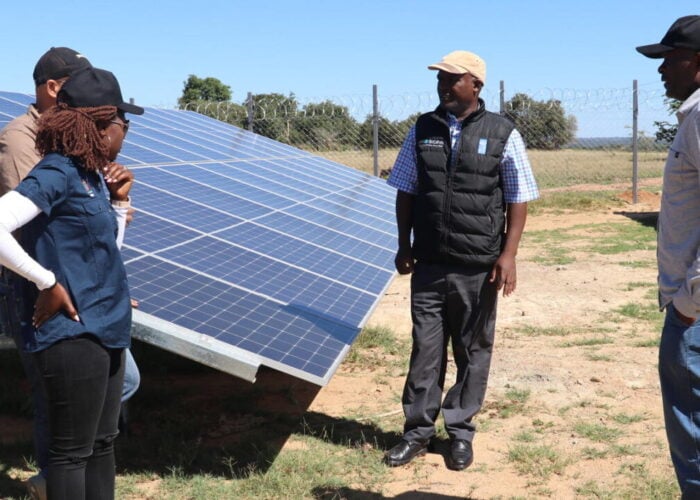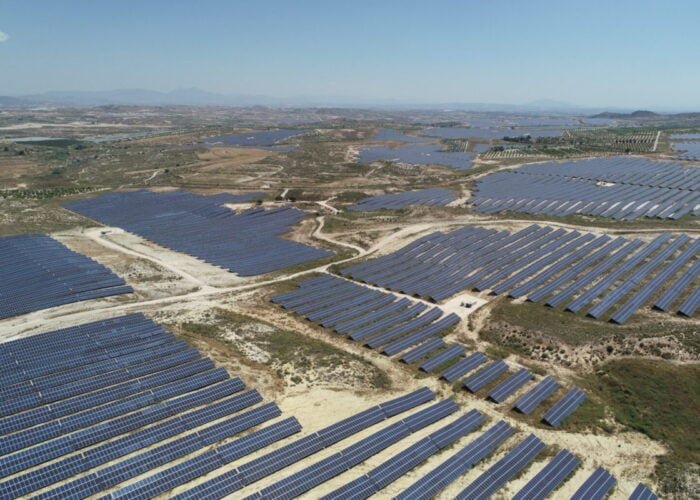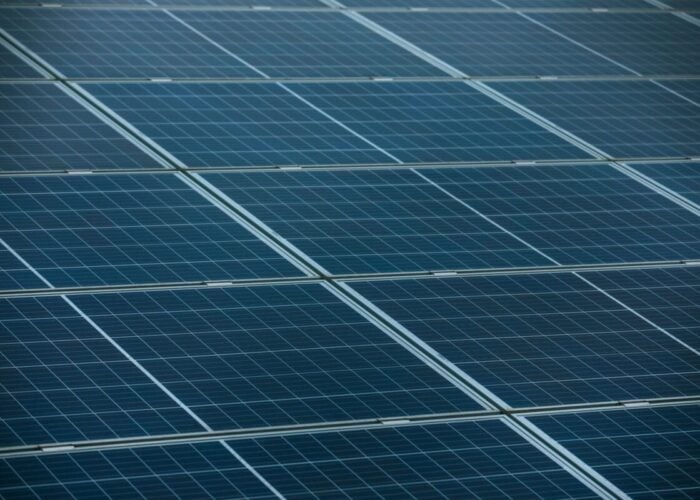Greater interaction with, and acceptance from, the construction industry will be required if Building Integrated PV is to become mainstream, a group of experts have concluded at EU PVSEC in Hamburg.
The ‘Reaching out for opportunities in Building Integrated Photovoltaics (BIPV)’ workshop at EU PVSEC included 140 experts and was organised by European Photovoltaic Technology Platform (EU PV Platform) and the International Energy Agency Photovoltaic Power Systems Programme (IEA PVPS) Task 15.
Unlock unlimited access for 12 whole months of distinctive global analysis
Photovoltaics International is now included.
- Regular insight and analysis of the industry’s biggest developments
- In-depth interviews with the industry’s leading figures
- Unlimited digital access to the PV Tech Power journal catalogue
- Unlimited digital access to the Photovoltaics International journal catalogue
- Access to more than 1,000 technical papers
- Discounts on Solar Media’s portfolio of events, in-person and virtual
Or continue reading this article for free
“From the discussions it is clear that in order to become mainstream, BIPV production needs to be scaled up, supported by a good regulatory framework, building industry orientated databases, healthy business models, demonstration areas, simulation and assessment software,” said Michiel Ritzen, operating agent of the IEA PVPS Task 15. “In the end, we need BIPV to avoid the development of the undesirable 'Not On My Roof' opposition by potential customers,” added Ritzen.
The EU PV platform believes integrating BIPV at an early stage in the design process can create major opportunities for the industry.
“For many years we see the great potential of BIPV in Europe,” said Silke Krawietz, leader of the PV Platform BIPV Ad Hoc Working Group. “Many architects, however, are not aware of the best possibilities of integrating PV into buildings. BIPV has lots of design possibilities and needs the collaboration of building industry, architects and developers, together with efforts from the PV industry, in order to enhance innovation and competitiveness in the sector.
“It is a unique opportunity for the European PV Industry to bring the BIPV market from a niche market to mainstream,” added Krawietz.
The findings of the Hamburg meeting and a prior session in London will be compiled in a position paper and submitted to the European Commission.
In a similar vein, Smartflex, an ongoing project by Lithuanian PV module maker Via Solis, part-funded by the EU, is seeking to create design software for architects and construction professionals to create ‘virtual’ BIPV installations on buildings.
Via Solis CEO Rimvydas Karoblis told PV Tech at Intersolar Europe in June this year that the project aims to help non-solar industry professionals to understand how PV could be incorporated into building design from the earliest stages of the process. Thus, he said, architects, designers and possible funding partners including investors could better understand the value of solar. The company has also built a plant in its homeland to manufacture individually-designed solar facades.

